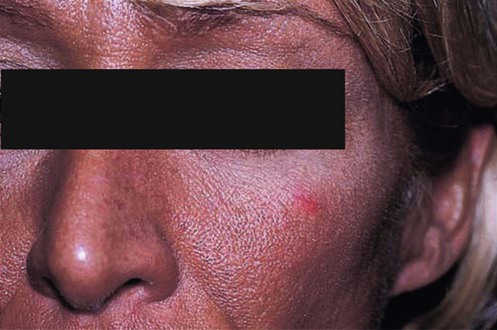No clear guidelines for the treatment of CSD exist. As there is a paucity of data showing a clear benefit of antimicrobial therapy in the treatment of patients with mild to moderate CSD, these patients should be managed with conservative, symptomatic treatment. The lymphadenopathy associated with CSD is self-limited and resolves in 2–4 months; therefore, most patients can be managed with observation until involution of the node.
For patients with systemic symptoms and/or complications, antibiotic therapy should be instituted. Azithromycin (500 mg on day 1, followed by 250 mg on days 2–5) is the only antibiotic that has been shown in a double-blind placebo-controlled evaluation to be beneficial to immunocompetent patients with CSD. In a retrospective analysis of 202 patients with CSD who had been on at least 3 days of antimicrobial therapy, only four antibiotics (rifampin, ciprofloxacin, gentamicin, and trimethoprim–sulfamethoxazole) provided clinical benefit. Presumably, it is the paucity of organisms and the host inflammatory response that result in the poor efficacy of antibiotics.
In immunosuppressed patients infection with the CSD bacillus can produce a spectrum of disease, from classic CSD to bacillary angiomatosis (BA), peliosis, or septicemia (see chapter on bacillary angiomatosis). Antimicrobial treatment for such patients is beneficial and clearly indicated. Lesions and symptoms respond rapidly to erythromycin 500 mg four times daily or doxycycline 100 mg twice daily. Other antimicrobials used to successfully treat BA in immunocompromised patients include tetracycline, minocycline, azithromycin, and trimethoprim–sulfamethoxazole. A Jarisch–Herxheimer reaction frequently occurs after the first dose. Patients with AIDS should be maintained on lifelong antimicrobial therapy.
Of note, B. henselae has rarely been isolated from patients with CSD; however, patients who are immunosuppressed may be culture positive. A single dose of oral antibiotics will rapidly sterilize blood and lesional cultures.






